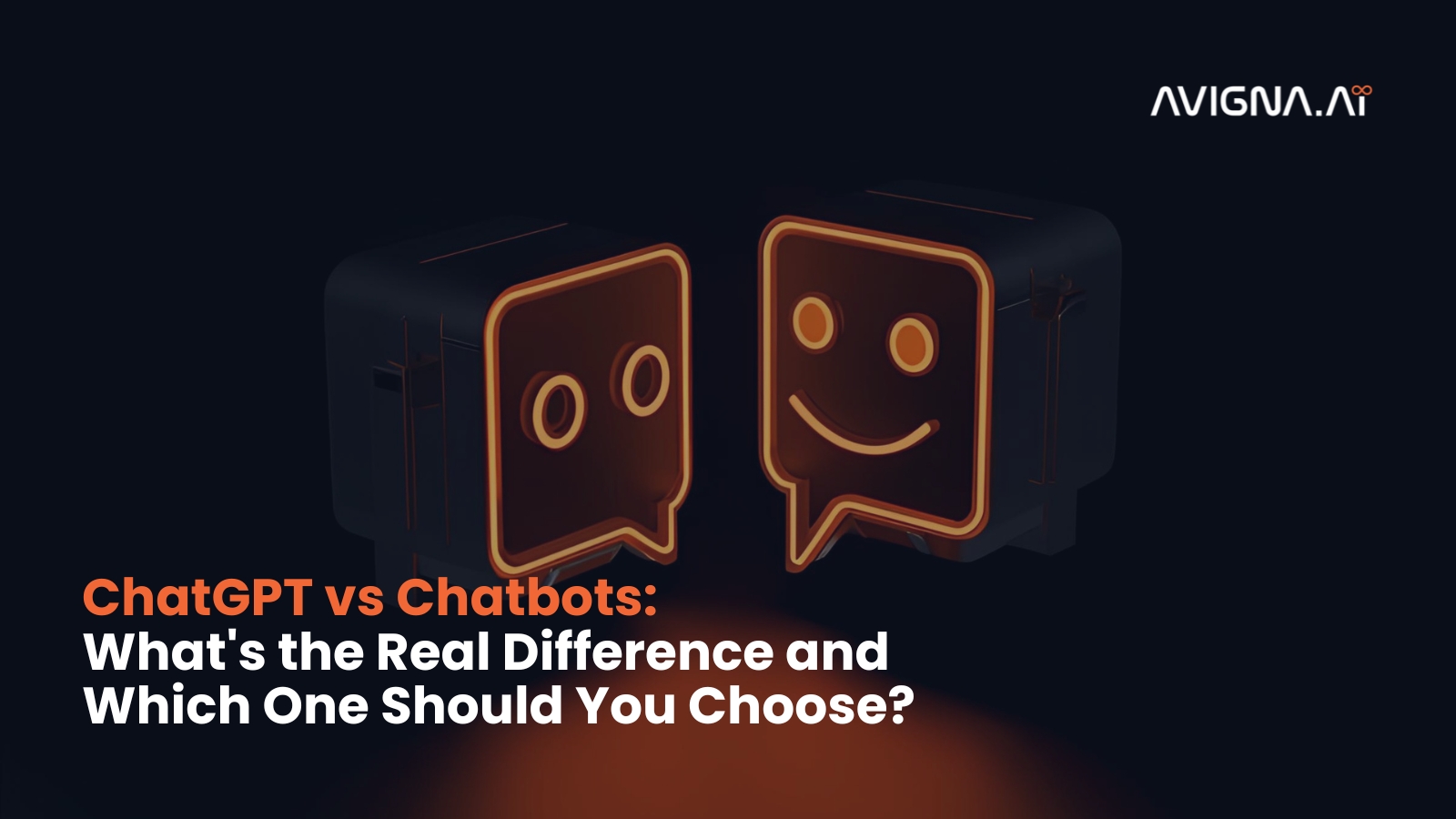Healthcare analytics is an expansive field, encompassing analyzing various data collected in healthcare settings. This data can range from patient medical records and treatment outcomes to operational and financial data.
The primary goal of healthcare analytics is to derive actionable insights that can improve patient outcomes, enhance the efficiency of healthcare services, and reduce costs. Healthcare analytics bridges data collection and practical application in patient care and healthcare administration.
The Expanding Scope of Healthcare Analytics
Understanding Historical Trends (Descriptive Analytics)
This is the most basic form of healthcare analytics. It involves reviewing historical data to understand trends and patterns in healthcare delivery, patient outcomes, and other relevant metrics. For instance, hospitals might use descriptive analytics to track the number of readmissions over a period, which can highlight potential issues in patient care or discharge planning.
Predicting Future Outcomes (Predictive Analytics)
Predictive analytics uses historical data to forecast future events. In healthcare, this can mean predicting disease outbreaks, patient readmission risks, or the likely disease progression in an individual patient. Advanced statistical techniques and machine learning models play a crucial role here.
Recommending Actions (Prescriptive Analytics):
Prescriptive analytics takes predictive analytics a step further by forecasting outcomes and suggesting course corrections. For instance, if predictive analytics indicates a high likelihood of a patient readmitting, prescriptive analytics might offer specific interventions to mitigate this risk.
Understanding Causative Factors (Diagnostic Analytics)
Diagnostic analytics digs into data to understand why certain events happen. In a healthcare context, it can be used to analyze why specific treatments are more effective than others or why a particular disease is more prevalent in a specific demographic.
Predictive Modeling for Disease Management
Predictive modeling in healthcare is a sophisticated application of data analytics, encompassing statistical methods and machine learning algorithms to predict healthcare outcomes. It can range from the likelihood of disease onset to predicting patient response to specific treatments.
Predictive modeling is particularly valuable in managing chronic diseases such as diabetes or heart disease, where early intervention can significantly impact patient outcomes. By analyzing data points like patient demographics, medical history, lifestyle factors, and genetic information, healthcare providers can identify patients at high risk and intervene proactively.
Advanced Applications of Predictive Modeling
- Chronic Disease Management: By predicting which patients are at risk of developing chronic conditions, healthcare providers can tailor preventive measures more effectively.
- Epidemiological Forecasting: Predictive modeling is vital in anticipating disease outbreaks, which can guide public health strategies and resource allocation.
- Customized Treatment Plans: Using predictive models, clinicians can customize treatment plans for the individual, enhancing treatment efficacy and reducing side effects.
Patient Risk Assessment
Patient risk assessment in healthcare analytics involves evaluating various factors to determine a patient’s risk profile. It includes the likelihood of developing certain conditions, experiencing adverse reactions to treatments, or being readmitted to a hospital.
By leveraging data analytics, healthcare providers can identify at-risk patients and implement targeted interventions. Advanced machine learning models are particularly adept at recognizing patterns and anomalies in large datasets, making them invaluable in risk assessment.
Enhancing Risk Assessment with Technology
- Machine Learning and AI: These technologies can process vast amounts of data and identify risk factors that traditional methods may miss.
- Real-time Data Analysis: With advancements in technology, it’s now possible to analyze patient data in real-time, providing immediate insights that can be critical in acute care settings.
Treatment Optimization
Treatment optimization through healthcare analytics involves analyzing treatment outcomes and patient responses to identify the most effective treatment options. It includes choosing the proper medication or therapy and, determining the optimal dosages, treatment durations, and identifying potential side effects.
Treatment optimization is particularly relevant in personalized medicine, where treatments are tailored to individual patient characteristics, including genetic makeup.
Personalized Medicine and Treatment Optimization
- Genomics and Drug Efficacy: Genomic data can reveal how different patients are likely to respond to certain medications, allowing for more personalized and effective treatment plans.
- Predicting Side Effects: Analytics can help predict which patients are more likely to experience adverse reactions to treatments, enabling healthcare providers to choose safer alternatives.
Challenges in Healthcare Analytics
Implementing healthcare analytics is not without challenges. With data breaches becoming more prevalent today, the provision of privacy and security for every patient’s data is a top most.
Healthcare data can often be fragmented and inconsistent, posing significant data quality and integration challenges. There’s a need for substantial investment in technology and skilled professionals to analyze and interpret healthcare data effectively.
Navigating the Challenges
- Data Standardization: Enforcing standards for data collection and reporting will enhance data quality and simplify the integration of data from various sources.
- Investing in Skilled Professionals: The healthcare industry is actively seeking professionals with a robust skill set in healthcare analytics, including expertise in data analytics, machine learning, and related fields, to effectively harness and interpret complex health data for improved patient care and decision-making.
Future Directions in Healthcare Analytics
Artificial intelligence (AI), and machine learning techniques are sure to improve healthcare analytics to another level, allowing for greater sophistication in analysis and predictions. The use of real-time analytics cannot be ignored in critical care and emergencies, as it offers on-the-spot detections with life-saving implications.
Patient engagement strategies informed by analytics can lead to more effective management of chronic conditions and overall better health outcomes.
Conclusion
Healthcare analytics stands at the forefront of a revolution in healthcare delivery. Data provides a unique opportunity for healthcare providers to develop effective result-effective care which leads to improved outcomes among patients.
With more advanced technology, there will be new effects that will become possible in healthcare analytics. It will remain an important aspect of global efforts geared towards improving healthcare as a whole.
This complete exploration of healthcare analytics highlights its critical role in transforming healthcare delivery and improving patient outcomes. The intersection of data analysis, technology, and healthcare expertise creates unprecedented opportunities to enhance patient care and operational efficiency in the healthcare sector.



